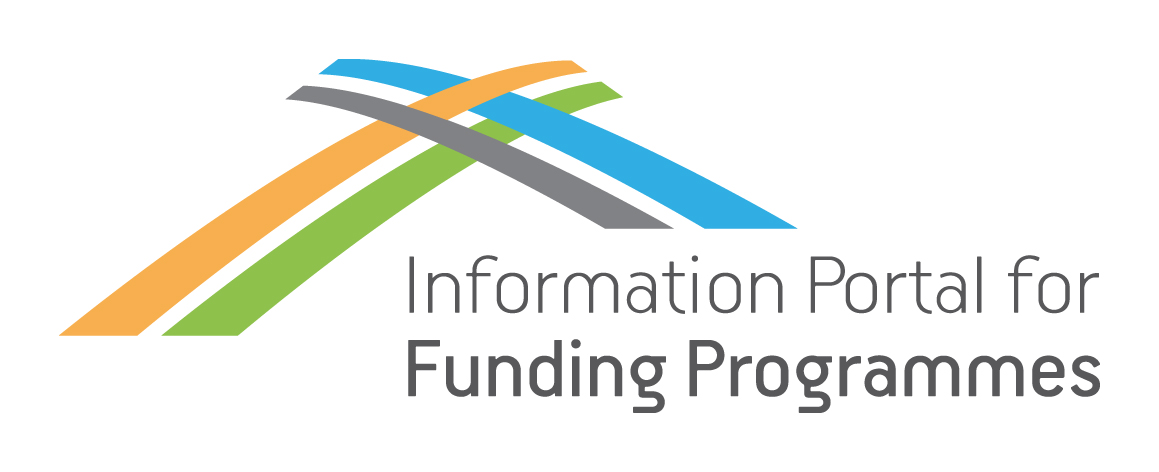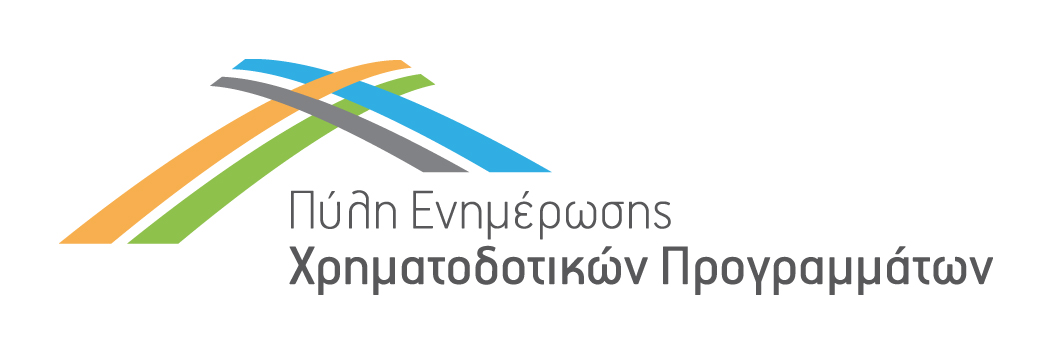Improvements in lifetime and cost of low temperature electrolysers by introducing advanced materials and components in stacks and balance of plant
Programme Category
Programme Name
Programme Description
The Clean Hydrogen Joint Undertaking or Clean Hydrogen Partnership is a unique public-private partnership supporting research and innovation (R&I) activities in hydrogen technologies in Europe. It builds upon the success of its predecessor, the Fuel Cells and Hydrogen Joint Undertaking.
Identifier Code
Call
Summary
The scope of the topic is to address the lifetime, performance and cost of low temperature electrolysers at system level by developing, designing and testing advanced functional and structural materials and/or components for the cell, stack, and BoP.
The main objective of the current topic is to develop advanced cell and stack materials and BoP components that don’t induce degradation or reliability issues or even mitigate degradation and improve overall system durability.
Detailed Call Description
The topic seeks to enhance the performance and durability of low temperature electrolysers by addressing not only the inherent degradation of the cell/stack itself but also the degradation that might occur on the stack due to interactions with BoP components. For instance, issues such as corrosion and leaching out of ions from piping that can contaminate the feed water, or ripple effects and electrical failures from power converters that can significantly shorten the stack’s operational life.
The proposals should address the following elements:
- Investigate and further develop advanced materials for cell, stack, and BoP components to further increase performance and extend the lifetime of low temperature electrolysers;
- Optimise BoP components and architectures to minimise their impact on stack degradation and improve overall system performances and lifetime; also taking care of footprint of those elements in the view of designing future GW size plants;
- Validate novel solutions in relevant testing conditions to demonstrate their effectiveness in improving the lifetime compared to the baseline. The baseline should match state-of-the-art at the start of the project and be substantiated in the proposal. Additionally, modelling activities may be employed to support these validations;
- Demonstrate the improved lifetime at system level using an industrially relevant stack of > 20 kW by testing under relevant conditions for a minimum of 2000 hours. Validation should be compatible with system level. It is expected that proposals explain their approach towards this. An example could be the use of a hardware-in-the-loop approach to simulate the operation of system components that are not part of the targeted development;
- In line with the TRL level aimed at the end of the project, the targeted level of hydrogen purity and outlet pressure should be indicated and taken into account when performing cost-calculations;
- Describe how the dynamic conditions arising from connection to the renewable grid will be addressed and justify the chosen approach (for example simulation of fluctuating power input from renewable energy);
- Sustainability, circularity and recycling aspects for the chosen materials and their manufacturing processes and perform techno-economic and life cycle assessments for the chosen developments.
The expected TRL step at the end of the project should increase from TRL 3 to 5 or from TRL 4 to 6 depending on the chosen technology. Proposals should be aware of the current maturity level of the different technologies and should define their initial and final TRLs accordingly. In general, the technologies have a different maturity level and thus it may be expected that for PEMEL and AEL materials and component innovation would correspond with a TRL 4 to 6 step, whereas for AEMEL this could correspond to a TRL 3 to 5 step. Proposals are also expected to reach the 2030 SRIA targets as mentioned above.
The following activities are within the scope of this project and the proposal should meet at least three of the following points and should include the two first points:
- Investigate and further develop advanced cell components such as, but not limited to, electrodes (with minimised loading of CRM/PGM), membranes/electrolyte separators, functional additives (e.g. radical scavengers), joints and sealings, coatings, stack components such as bipolar plates and associated manufacturing processes that can realise CAPEX reduction and lifetime improvements at stack level under realistic operating conditions;
- Investigate and further develop advanced BoP components that prolong the lifetime of electrolysers, for example but not limited to:
- innovative H2 compressors, power electronics that reduce (the effect of) ripples, minimise corrosion and leaching out of ions from the BoP parts such as piping and pumps by using alternative materials and/or coatings, and/or minimise the effect of impurities in the water feed for example by ion exchange;
- Understand through experiments the different mechanisms affecting the performance of cell components such as the examples mentioned above during stack operation, and how the proposed development minimises the degradation along extended operation under realistic conditions. Modelling activities can be used to support these findings;
- Develop protocols for accelerated ageing and degradation monitoring that specifically target ageing mechanisms complementing the existing EU-harmonised testing protocols for low temperature electrolysis;
- Understand and minimise the impact of dynamic operation and grid integration, such as start/stop events and load fluctuations, under realistic operating conditions;
- Develop a lifetime model with a predictive value based on data acquired by testing at lab scale and stack scale.
Proposals are expected to build further on the findings and targets of previous projects and find synergies with running projects in which the improvement of the lifetime at stack level of low-temperature electrolysers was within the scope. It is encouraged to find synergies with the ELECTROLIFE project, supported by the JU, that focuses on comprehensive understanding of electrolyser degradation mechanisms through testing and modelling. It is also encouraged to have an electrolyser (stack) manufacturer in the consortium for this topic.
Proposals should address the manufacturability of the components and materials to be developed.
Call Total Budget
Financing percentage by EU or other bodies / Level of Subsidy or Loan
Expected EU contribution: €4.000.000
Thematic Categories
- Energy
- Environment and Climate Change
- Research, Technological Development and Innovation
Eligibility for Participation
- Other Beneficiaries
- Private Bodies
- Researchers/Research Centers/Institutions
- State-owned Enterprises
Call Opening Date
Call Closing Date
EU Contact Point
Email: info@clean-hydrogen.europa.eu
Phone number: +32 22218148
Postal address: Avenue de la Toison d’Or 56-60, 1060 Brussels, Belgium




